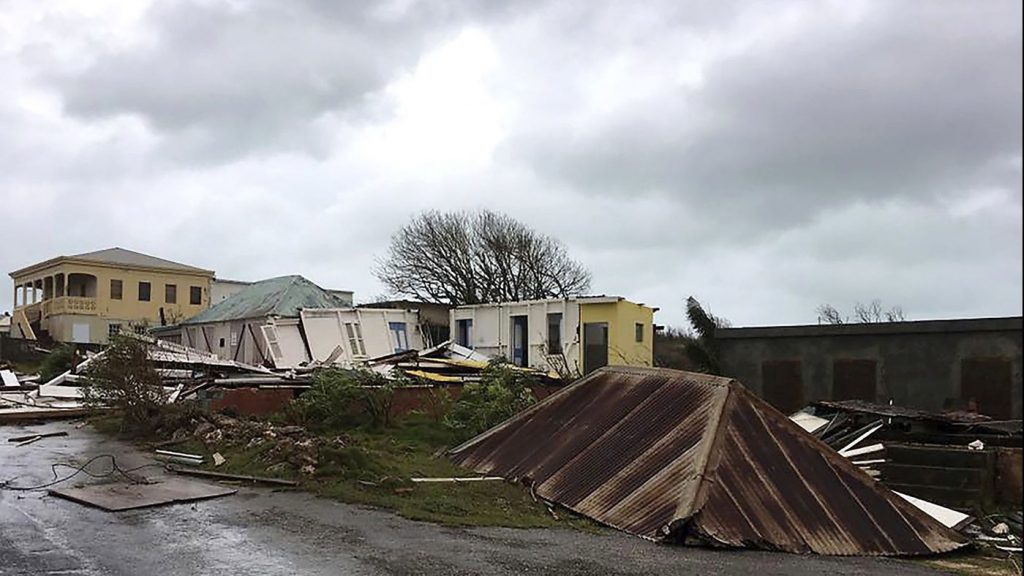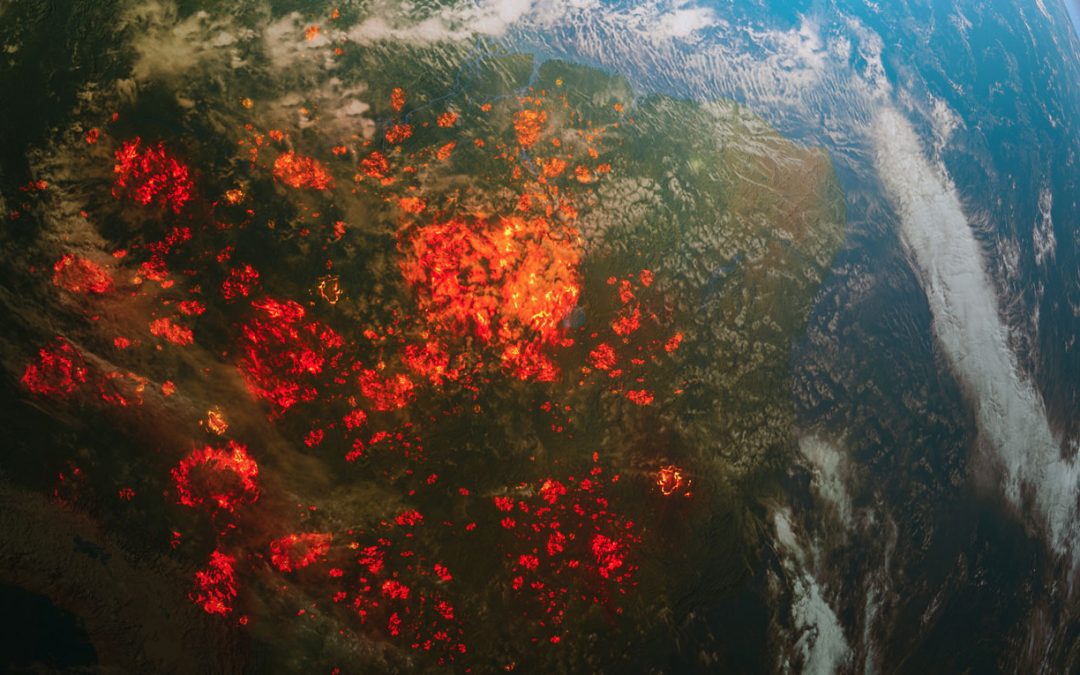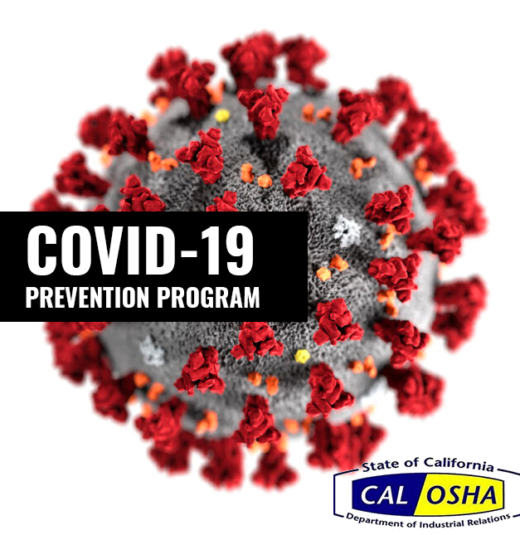EMERGENCY PREPAREDNESS PLANNING TODAY
“It’s Not the Same Old Drill”
Part One in a Series
Emergency Preparedness Defined. Who in their wildest imagination could have predicted, much less planned for, the entire gamut of emergencies faced by Americans in the first decades of the 21st Century?
- Terrorist Attacks (foreign and domestic)

- Civil Unrest involving nation-wide protests with rioting, vandalism, burning buildings and murder?
- A Pandemic that swept the country killing millions
- School Shootings and other Active-Shooter horrors
- Wildfires in the West burning out of control and destroying whole towns and communities.
- Tornados, floods and hurricanes devastating towns and whole regions of our nation
And then, of course, for Californians particularly, there is the ever-present threat of earthquakes, especially “The Big One”. It hangs over us like the Sword of Damocles, a disaster that could happen at any time.
So what are we supposed to do to prepare for an emergency, you ask? How are we supposed to handle emergency preparedness planning on this scale? Throw our hands up and give up?
NOT AT ALL! We are never helpless. In addition to deep and heart-felt prayers, there is a lot we can do to help ourselves and others during any emergency, until PROFESSIONAL help arrives.
Emergencies come in many sizes, from single-onsite situations to large-scale, systemic emergencies.
We can all agree that, in most cases, emergency preparedness is immediate in proximity and straight-forward. The most common type of emergency planning involves fire drills. So, let’s take your work, for example. There you receive emergency instructions and diagrams are posted on the walls. When you hear a fire alarm, or discover there are any signs of a building fire, you evacuate the building, gather in the parking lot and call 911. That’s it. Right? Sometimes.
Naturally, we depend on local public agencies as well as private institutions, to come to our aid in emergencies. These “First-responders”, are American heroes. They include, but are not limited to city or county firefighters, paramedics, and police officers. They work with private sector professionals, including emergency management technicians (EMT’s) and local hospital staffs.
But what if?
Getting back to the list of large-scale emergencies or disasters described above, what should we do when the day-to-day system of emergency rescue operations is pushed beyond the limits of available resources? That, my friends, is when we need plan.
There is a common saying among emergency response professionals that “One plan is no plan; two plans is a plan and three plans are a plan with a back-up. But no plan works.”
 Wait. What does that mean? It means that there is no such thing as a “perfect model for emergency preparedness” or best “off the shelf” plan. A binder gathering dust in your office is useless by itself. The very nature of emergencies is unpredictable and constantly changing.
Wait. What does that mean? It means that there is no such thing as a “perfect model for emergency preparedness” or best “off the shelf” plan. A binder gathering dust in your office is useless by itself. The very nature of emergencies is unpredictable and constantly changing.
Okay. So what are we talking about here? What we are saying is that a really effective Emergency Action Plan (EAP) is most importantly “a way of thinking”. The best plans are structured on a time-tested organization and system of well-trained individuals working together with defined roles and responsibilities. Of course, there should be policies and procedures in place. However, there are times you just have to think on your feet and make the best choice in the moment.
BUT MAKE NO MISTAKE. Employees or general civilians are NEVER MEANT TO REPLACE FIRST-RESPONDERS. Your job is only to be able to help yourself or others until help arrives. During a large-scale disaster or other emergency you may have to wait for hours, maybe longer, for a full rescue. So the goal is survival and self-reliance in the meantime.
Our purpose here is not to alarm you. BERT’S aim is “alleviating fear”, through strong emergency preparedness plans and training that builds confidence.
BERT’S PROGRAM FOR EMERGENCY PREPARDNESS & RESPONSE:
BERT teaches practical responses to emergencies, including organization and deployment of large-scale employee resources, use of buddy systems to maximize employee safety, and practical strategies for documenting situation and resource status for the proper transition to First Responders. We help you to:
Save Money – Save Recovery Time – Save Lives
CALL US OR EMAIL US ANYTIME TO DISCUSS HOW WE CAN HELP.
Contact Us







